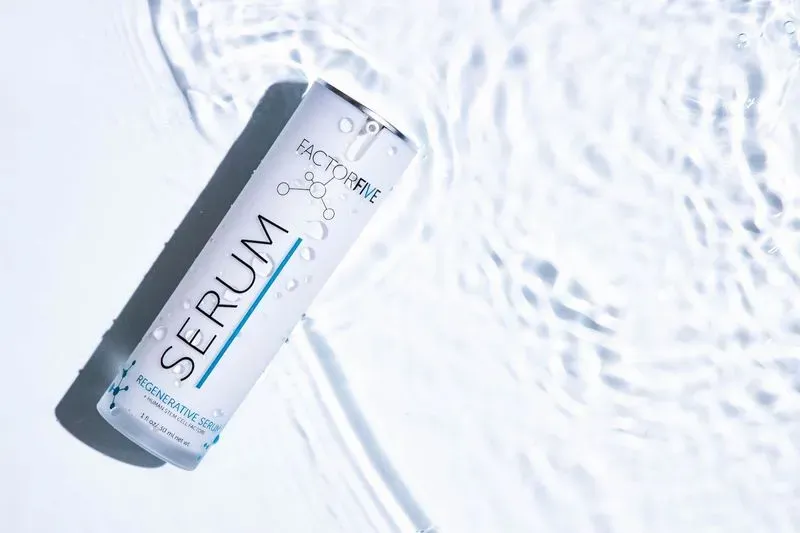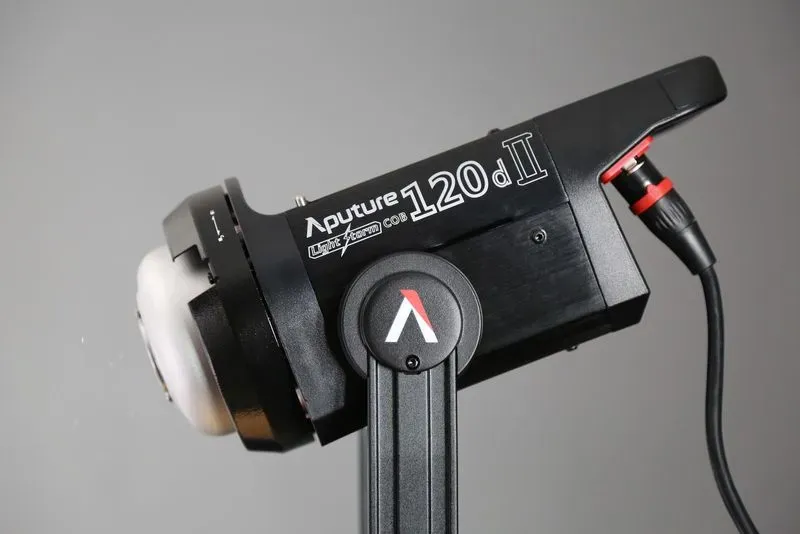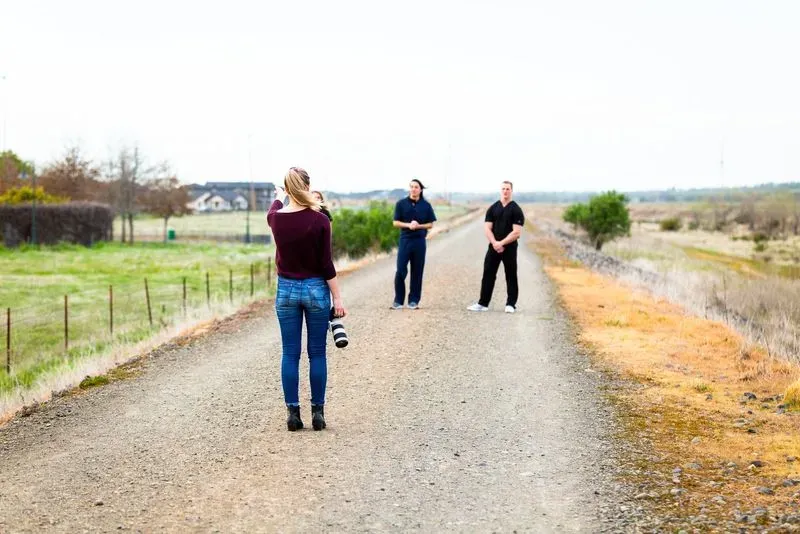Skyrocket Sales with Shopify Product Photography!
By Sonaksh Singh Rawat on

Many shoppers make their decisions based on what they see, yet research shows that more than half of visitors will spend less than 15 seconds on a webpage. This trend underscores the growing importance of captivating visual content for ecommerce platforms, particularly Shopify product photography, for online store owners aiming to make their offerings stand out.

As the fourth-largest online marketplace in the world, trailing only behind giants such as Amazon and eBay, Shopify provides an affordable, flexible, and user-friendly platform. This environment is particularly beneficial for newcomers to ecommerce, introducing them to the pivotal role of visual content, especially in product photography.
Compelling visual content is instrumental in prompting potential customers to make a purchase, establishing a brand identity, and stimulating interest across social media platforms. Shopify’s collaboration with platforms like Pinterest, where over 80% of weekly users have reportedly made purchases based on their interactions, highlights the vital role striking product photography plays in transforming consumer interest into sales.
This segment presents several effective methods to enhance Shopify product photography, covering the entire process from initial capture to post-production edits.
1. CHOOSE SUITABLE SHAPES AND SIZES
Before initiating the process of setting up cameras for your Shopify product photography shoot, it’s critical to be acquainted with the regulations that need to be adhered to. One must be aware of whether the platform being utilized enforces its own set of rules regarding aspects like the size, quality, or shape of photographs. The undesirable scenario to avoid is capturing a beautiful, high-definition rectangular image, only to have it resized into a grainy, truncated square upon upload.
Shopify mandates that product images uploaded must not exceed file sizes of 20 MB, allowing images up to 4472 x 4472 pixels (20 megapixels). However, this does not imply that all images should maximize these dimensions. Images exceeding 4,000 pixels in size may hinder page loading speeds or appear blurry on mobile devices. On the other end, images smaller than 800 x 800 pixels will lack zoom capability, potentially disappointing prospective customers interested in scrutinizing a product’s intricate details.
For an optimal presentation, Shopify suggests adhering to square product photos of 2048 x 2048 pixels. This specific dimension ensures the photos appear neat, uniform, and transition smoothly to mobile displays. It’s recommended to upload images in JPEG format to retain their quality. Furthermore, should adjustments be needed using Shopify’s online image editor, maintaining a consistent aspect ratio is crucial for the best visual outcome.
2. USE THE RIGHT EQUIPMENT
One might wonder if obtaining high-quality photos necessitates an expensive camera.
DSLR and mirrorless cameras stand at the pinnacle for product photography, offering benefits such as interchangeable lenses and the flexibility to adjust ISO, shutter speed, and aperture. The rule of thumb for these cameras is: the higher the megapixel count, the better the quality of the image.
However, for those on a budget, it’s perfectly feasible to achieve good results with a point-and-shoot camera or even a smartphone camera, thanks to the evolution of mobile camera technology. Utilizing a mount or an affordable tripod can greatly enhance the sharpness and clarity of the photos, minimizing any blurriness. Additionally, there are external lenses designed for enhancing smartphone photography.
It’s advisable to disable auto-flash and, if possible, to utilize manual mode when shooting
3. MAKE IT SHINE WITH LIGHTING
Lighting is among the most important aspects of creating stunning visuals. Even the most affordable camera can produce amazing results with proper lighting, while poor lighting can ruin footage captured by high-end equipment. To enhance product photography, incorporating effective lighting techniques is crucial.
a. Choose the right kind of light

When photographing products, one can choose between natural or studio (artificial) light. Using natural light involves positioning the product outdoors or near a window, ensuring other lights are off to capture the softest tones during the early mornings and evenings, known as the “golden hours.” However, direct sunlight around midday can be overly harsh, whereas slightly overcast days provide ideal conditions. Notably, natural light is well-suited for outdoor, food, lifestyle products, and people, with the added benefit of being cost-free.
On the other hand, artificial or studio lighting is preferable for showcasing fine details, such as those found in fashion or jewelry, or when photographing a large volume of products within tight deadlines, irrespective of weather conditions.
Choosing a backdrop is also important, with options ranging from purchasing specific scenes for studio work to creating a white background with butcher paper or poster board for budget-conscious individuals.
b. Use multiple light sources
Enhancing visuals for your Shopify product photography shoot requires lighting from at least two different angles. For those using natural light, inexpensive reflectors and diffusers can help manipulate light. Meanwhile, for studio photography, beginning with a simple lighting kit is advisable. Positioning light sources diagonally rather than directly in front of the product helps avoid unflattering dark shadows, making the product appear more attractive.
4. KEEP FOCUS ON THE PRODUCT
When it comes to Shopify product photography, the primary aim is to showcase the product in a manner that encourages sales rather than just capturing a visually stunning image. It is essential to strike a balance between attractiveness and accuracy since 22% of returns for online purchases are attributed to the product looking different from its photos. This underscores the importance of choosing props and background scenery that do not mislead the customer about the product’s appearance.
Many opt for a minimalistic approach, utilizing a plain white background with the product positioned centrally. This setup emphasizes the product without any distractions. Still, it’s advisable to capture the product from various angles to present the best possible views on e-commerce platforms like Shopify.
When incorporating props or using colored backgrounds, simplicity and relevance to the product are key. Overwhelming the product with too many elements or using props that outshine the product can detract from its appeal. Therefore, selections should complement the product and align with the brand’s aesthetic. For example, a brand aiming for a soft and cozy image might prefer pastels and gentle textures over vibrant, harsh colors.
Consistency in presentation across an online store is crucial for brand recognition and customer confidence. Providing clear, detailed images of products, such as the texture of a sweater, intricate details of a watch face, or the layout of a laptop keyboard, can significantly impact a customer’s purchase decision. Moreover, showcasing products in use or displaying sets in their entirety can offer practical insights into the product’s functionality.
Special consideration for accurately representing the size of items, especially in categories like jewelry, through photographs can enhance the shopping experience by setting realistic expectations.

Professional in-studio creative product photography services offer a seamless solution for those seeking to achieve a specific mood or brand aesthetic without the hassle of managing the photography process themselves. With access to an array of props, backdrops, and state-of-the-art equipment, these studios can produce high-quality images that reflect the desired vision for the products, all while easing the burden on the sellers.
5. TELL THE PRODUCT’S STORY
Remember, it’s not merely about selling an item devoid of any context; it’s equally about selling a narrative that outlines what the product can accomplish for the consumer. Here, lifestyle product photography becomes a game-changer, enhancing conversion rates considerably. This type of photography showcases products in use within meticulously styled scenes that contribute to a broader narrative.
Consider the decision process when purchasing an outdoor fire pit. What is more likely to persuade a purchase: a photo of an empty metal grate against a stark white background, or an image displaying friends gathered around, toasting marshmallows over a roaring campfire?
Photographs that echo one’s aspirations create emotional connections strike a chord with customers’ desires to experience those very lifestyles.
Lifestyle photography can be undertaken with or without models. However, when using multiple subjects, ensuring the product remains the focal point is crucial. Engaging in a basic graphic design or photography composition class can provide valuable insights into maintaining balance in the frame through techniques like the Rule of Thirds.
When aiming to capture lifestyle Shopify product photography, planning the visual style in advance is beneficial. Maintaining a mood board or style guide for oneself and collaborators helps ensure that the resulting lifestyle photos accurately reflect the desired brand image and themes.
6. GIVE YOURSELF OPTIONS, THEN EDIT
The last thing one wants is to take a series of photos, only to open the editing software and find dissatisfaction with the results. In Shopify product photography, it’s advisable to capture a large number of photos, especially when working with limited natural light throughout the day. Having a variety of angles, lighting setups, and colors can provide a plethora of options to choose from.
Having numerous options available significantly enhances the selection of material for editing. For Shopify product photography, the process of editing, retouching, and other post-production tasks are crucial in preparing product photos for the web.
While there are free and affordable post-production software options available, Adobe Lightroom and Photoshop are considered the industry standards. It’s often more cost-effective to obtain these through the Adobe Creative Cloud package, which can be especially beneficial for those who may have access to discounted rates, such as students.
7. USE A PROFESSIONAL SERVICE
Working with professionals is a top strategy for enhancing Shopify product photography. A professional service covers all aspects of product photography, including both pre-production and post-production, effectively serving as a one-stop solution.
Collaborating with a professional studio brings several benefits, such as leveraging their experience, equipment, and efficiency. Additionally, these studios possess market research and branding strategies, ensuring a store’s visual style is appealing at every stage. They offer assistance in analyzing photograph performance across different demographics, maintaining organized style guides for future shoots, drawing inspiration from existing portfolios, and developing a distinctive brand look with a dedicated team.
Moreover, engaging with experts not only saves time and energy, allowing the focus to remain on other vital areas of managing an online store, but it also ensures capturing the ideal aesthetic for the brand’s visual presentation.
You May Also Read:




